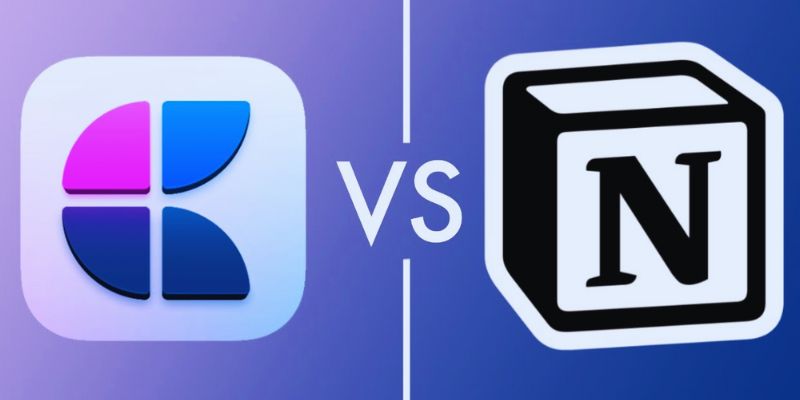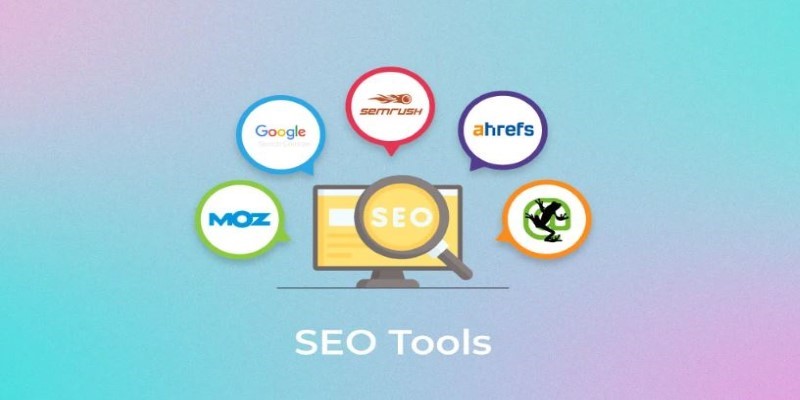Klaviyo vs. tinyEmail: Which is Best for Your Email Marketing
The choice of email marketing tool can either make or ruin a campaign. With so many platforms available, it becomes essential to compare Klaviyo and tinyEmail. Both solutions have strong capabilities meant to enable brands to expand via email. Choosing the right solution counts whether your business is content creation or an e-commerce store. With its sophisticated targeting, Klaviyo has long helped businesses.
Conversely, tinyEmail attracts users who value speed and simplicity. Your objectives will determine the best email marketing platform. Evaluating the benefits and drawbacks of both tools is crucial for companies wanting simple email marketing tools or email automation for e-commerce. Explore this comparison to determine which fits your company's objectives and demands.

Platform Overview: Features and Usability:
Klaviyo provides deep consumer segmentation, predictive analytics, and strong automation flows. It runs perfectly with Shopify, WooCommerce, and other e-commerce systems. Users design advanced campaigns without any code writing involved. Klaviyo's interface seems simple yet loaded with choices, perfect for data-driven marketers. tinyEmail, meanwhile, emphasizes speed and simplicity of usage. Pre-designed templates and AI-driven subject line recommendations help the platform to stand out. Even beginners can start campaigns fast.
Though less complex than Klaviyo, tinyEmail also provides dynamic content and list management. Users who want a neat, no-fuss interface will find it perfect. Both systems embrace responsive email design and drag-and-drop editors. Klaviyo rewards users with more customizing even if learning takes time. tinyEmail lets users leap immediately with fewer bells and whistles and a more seamless learning curve. Whether you value convenience or control more determines your whole user experience.
Pricing and Plans: Which Offers More Value?
Based on contacts, Klaviyo employs a tiered payment structure. It provides a basic feature-free plan for up to 250 contacts. Costs rise as your list gets longer, occasionally rather dramatically; for larger audiences, e-commerce stores can find the pricing to be a major outlay. Meanwhile, For many users, the richness of features justifies the cost. Conversely, tinyEmail bills itself as a less expensive choice. It also features a free plan that includes up to 500 subscribers. Its paid subscriptions include limitless sends and are less expensive.
Although tinyEmail offers less functionality, it offers good value to those on a budget. Businesses with simple needs could find tinyEmail more affordable. However, users wanting thorough reports, A/B testing, and CRM integrations might gravitate toward Klaviyo. Analyzing the features of every strategy lets one ascertain actual worth independent of cost. Review your needs thoroughly before deciding on any tool.
Email Automation and Personalization:
Klaviyo shines in automation. Depending on consumer behavior and purchase history, users can create intricate processes. Flows like abandoned cart emails, welcome series, and product suggestions are easily customized. Predictive analytics enable the right timing of message delivery. Additionally, Klaviyo provides sophisticated A/B testing to maximize email content. Dynamic blocks and behavioral data allow one to go far in personalizing tinyEmail, which provides less complex automated features.
While it lacks more thorough segmentation, it offers triggered campaigns and tagging. Though confined to simple rules and basic merging tags, personalizing is feasible. tinyEmail automation is great for small companies with simple demands. Klaviyo is designed for companies wanting to send highly targeted emails that generate conversions. Running data-heavy campaigns, marketers must gain from Klaviyo's depth. If your aim is quick, basic automation, tinyEmail could be enough. Klaviyo has an advantage, nevertheless, for sophisticated marketing plans.
Analytics and Reporting:
Great analytics either make or destroy a campaign. Klaviyo offers a thorough understanding of income, click-throughs, and open rates. Users can track purchase frequency and customer lifetime value. Customizable dashboards displaying the most important metrics allow real-time reports to let consumers change their plans rapidly. For e-commerce, Klaviyo ties email performance straight to income. Simple reporting tools, including opens, clicks, and bounce rates, abound in tinyEmail. Its graphic reporting is easy to use. It does not, however, have deeper measurements offered by Klaviyo. You will not find comprehensive client journey reports or income tracking.
tinyEmail is useful for marketers who need fast email performance feedback. Klaviyo provides services for those seeking data-based optimization. Klaviyo gives greater power if you require thorough performance monitoring. tinyEmail provides adequate information for simple campaigns. Serious marketers seeking long-term expansion will probably value Klaviyo's sophisticated observations. Choose depending on the degree of analysis you intend to do on your campaigns.

Integrations and Compatibility:
Klaviyo supports deep integrations with big-commerce systems, including Shopify, Magento, and BigCommerce. It also ties in with Google Analytics, Facebook Ads, and over 200 outside tools. These connections simplify the creation of tailored advertising and client data syncing. Workflows spanning several platforms can be readily automated. While fewer in number, tinyEmail also provides helpful integrations. It ties in with sites such as Zapier, WooCommerce, and Shopify. The Zapier connection increases compatibility by indirectly allowing users to link with many tools.
Native integrations, meantime, are more constrained. Klaviyo suits companies with complicated tech stacks more. Its ecosystem supports rich customer data syncing and real-time changes possible. Those who utilize a few platforms and need a quick setup will find tinyEmail ideal. More flexibility in Klaviyo will help larger brands want strong relationships. Smaller companies could like the lighter, more straightforward approach tinyEmail offers.
Customer Support and Learning Curve:
Email tools might need support, as might Klaviyo, which provides a wide knowledge base, live chat, and email assistance. Along with extensive community forums and onboarding support, the platform offers Learning Klaviyo, which may take time, particularly for novices. Still, its instructional materials are excellent. Courses and video lessons enable users to become masters in automation and segmentation. Though it has fewer assistance features, tinyEmail is simpler to master. There is email help, but no live chat for every user.
Since the platform is simple enough, most won't require much assistance. Though rudimentary, documentation covers important subjects. Because of its simplicity, beginners might want tinyEmail. Advanced users, though, could find support limited. For those ready to commit time to learn, Klaviyo excels. Long-term development and scaling call for it. Those who desire results fast with little training will find tinyEmail the most suitable. Your decision will rely on the degree of direction you require throughout.
Conclusion:
Both systems have great advantages depending on your objectives. Data-driven e-commerce companies will find the ideal email marketing tool in Klaviyo. It provides thorough insights and strong email automation for online stores. Small businesses looking for basic email marketing tools free of the steep learning curve will find tinyEmail ideal. Before deciding, review your experience, objectives, and financial situation. Klaviyo provides more depth; tinyEmail provides speed and simplicity. Klaviyo wins for those in marketing seeking complete control. TinyEmail is perfect for people looking for instant outcomes. Both tools serve diverse purposes; choose the best marketing path.
Related Articles

Jira vs. ServiceNow: A Comprehensive Comparison to Help You Decide

Microsoft Planner vs. Trello: Choosing the Best Kanban App for Productivity

Craft vs. Notion: A Detailed Comparison to Find the Best Option

Upgrade Your Email Experience: The 7 Best Email Clients for Windows

Zendesk vs. Jira Service Management: Which is Best for Your Business

Tools That Power Email Campaigns: Mailchimp, HubSpot, and Beyond

Ahrefs, SEMrush, and More: Essential SEO Tools for Success

Wave vs. QuickBooks: Which Accounting Software Should You Choose

How to Train ChatGPT on Your Own Data: A Step-by-Step Guide For Beginners

The Best Project Management Tools for 2025: Trello, Asana, and More

Top Online Graphic Design Tools for 2025: Canva, Figma, and More

 knacksnews
knacksnews